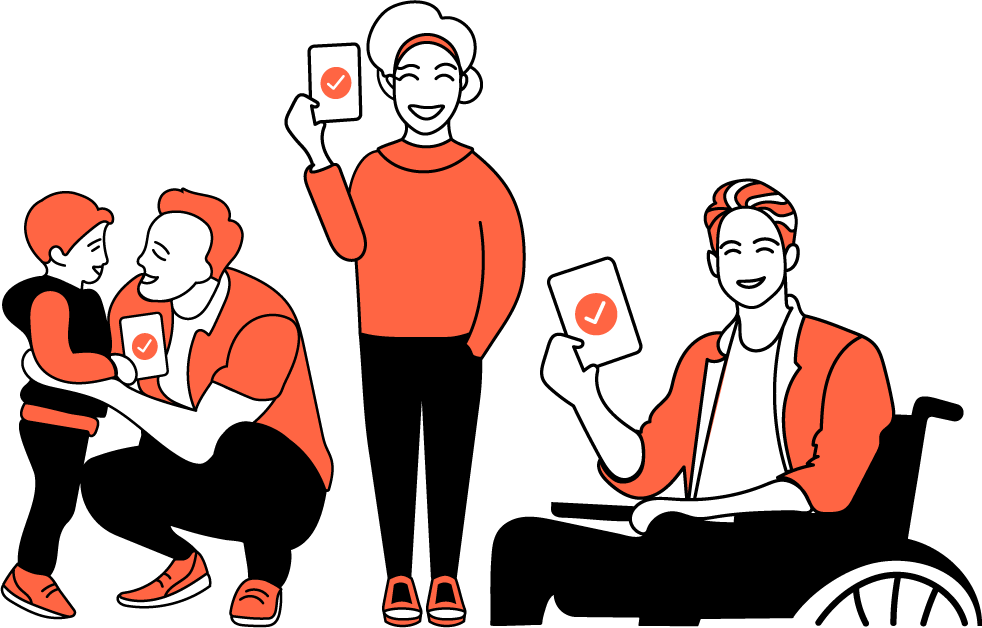Fairness design: a policy model for designing digital government forms, apps, and documents
Fairness design is the outcome of researching digital government forms and apps during the SARS-CoV-2 pandemic
, my name is Arjun Khara. I am an associate professor of communication, information, and digital design at the School of Design, University of Leeds. I coined the term ‘fairness design’ to describe my thinking, research, and an accompanying model of how government-issued documents — namely digital forms designed for mass use — can be made fairer for both, users and issuers. The fairness design model was developed and tested on digital government forms and apps in Singapore that were issued during the SARS-CoV-2 (Covid-19) pandemic. The model centres on the dynamics of information exchanges and power imbalances inherent in government forms, as well as in the constitutive role that forms can play in creating fairer state-citizen communications. The model has since been extended to additional document genres. View the fairness design model.
Fairness design is rooted in the foundations of care aesthetics and political philosophy
Different ideas and principles of governance and state-citizen interaction offer a framework for public policy makers when designing government forms. The fairness design model converts these ideas into equations, and graphs these principles to visually represent the relationships between forms issuers and forms users. In doing so, the model identifies zones of fairness, i.e. areas in which the form’s interactions achieve fairness parity for all stakeholders. While developed for digital environments, the model is applicable to paper forms, and is being extended to additional documents including SMS, device notifications, and electronic circulars.
Fairness design is not the same as inclusive design, accessible design, or universal design
While the disciplines overlap for certain terms and concepts, a key difference between inclusive design and fairness design is that the former targets the widest possible range of users for the general benefit of everyone. Fairness design, on the other hand, is grounded in the principles of reciprocity and sacrifice of certain assets in order to achieve an end result, in much the same vein as social democracy, liberalism, or communism. The primary feature of fairness design, however, is that benefits are specifically targeted towards a particular group, rather than across all users, under the principle that the improvement of one group’s circumstances is valid so long as this improvement does not negatively affect other groups. This specificity is crucial to the fairness design method and model.
Fairness is a cornerstone of our societal structures and interpersonal exchanges
Accordingly, fairness design is a key consideration in human-to-human and human-computer interactions. For instance, the integration of artificial intelligence into design software makes creating and iterating forms a rapid and easy process. Experiments using AI in forms development reveal the software can out-iterate human efforts by several factors. However, in none of the tests did the AI conform to a prescribed philosophy or framework involving fairness design when planning questions, calculating field lengths, placing checkboxes etc. This is a common concern with AI whereby the algorithm demonstrates flexibility in iterations, but does not consistently deliver an output that is rigorously underpinned by an other-regarding approach.
Fairness design was developed and tested on immigration forms, and travel and contact tracing apps, issued by the Government of Singapore. All findings in the thesis have been published here, except for sensitive information with little or no bearing on the fairness design model.
